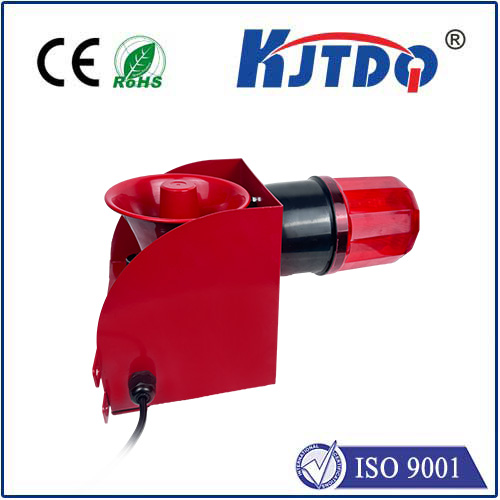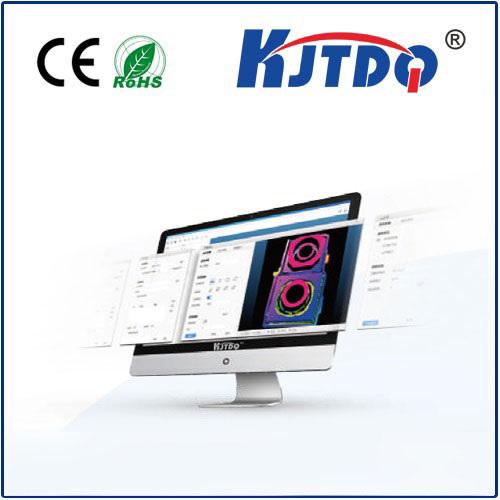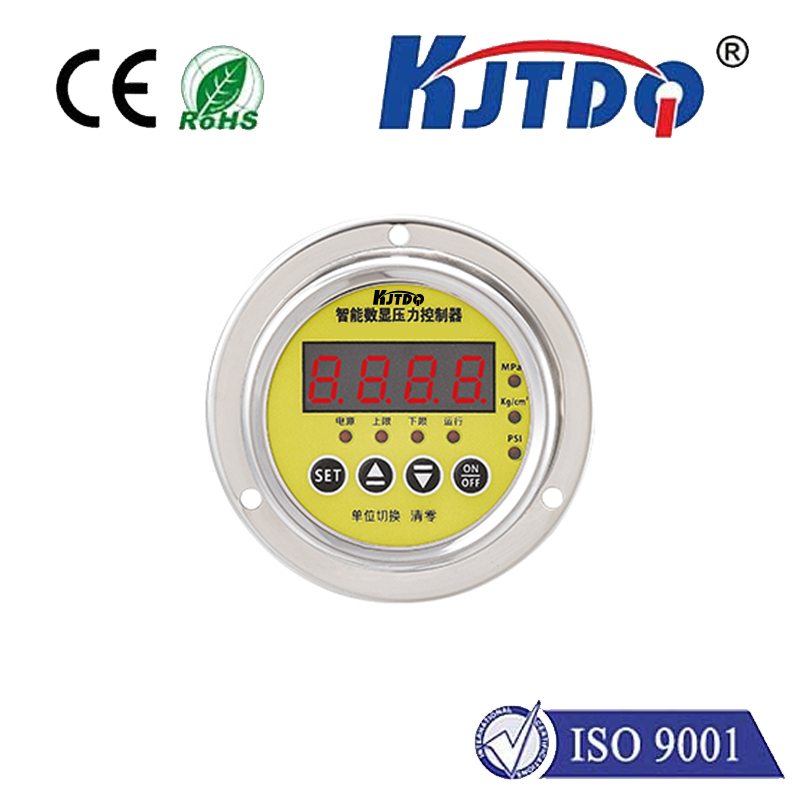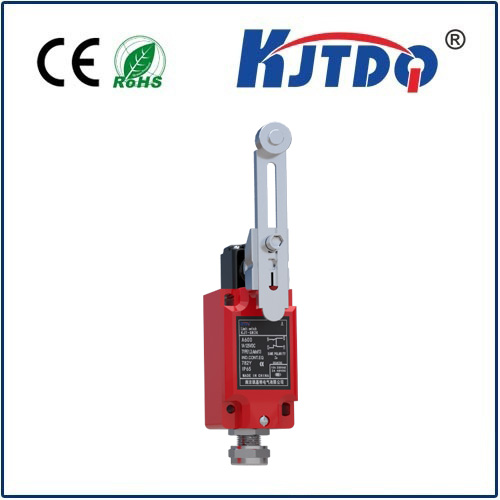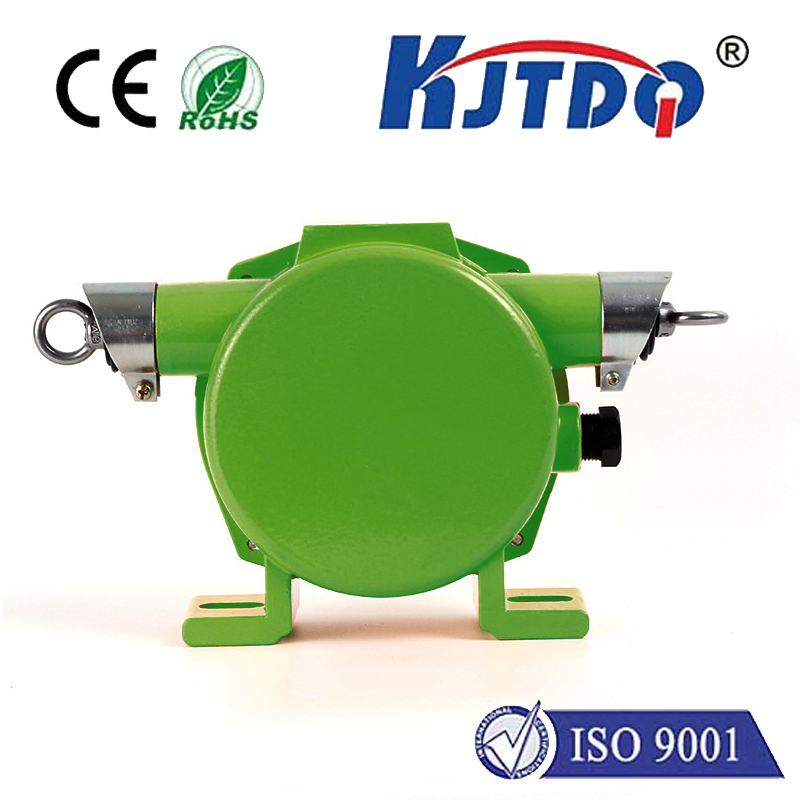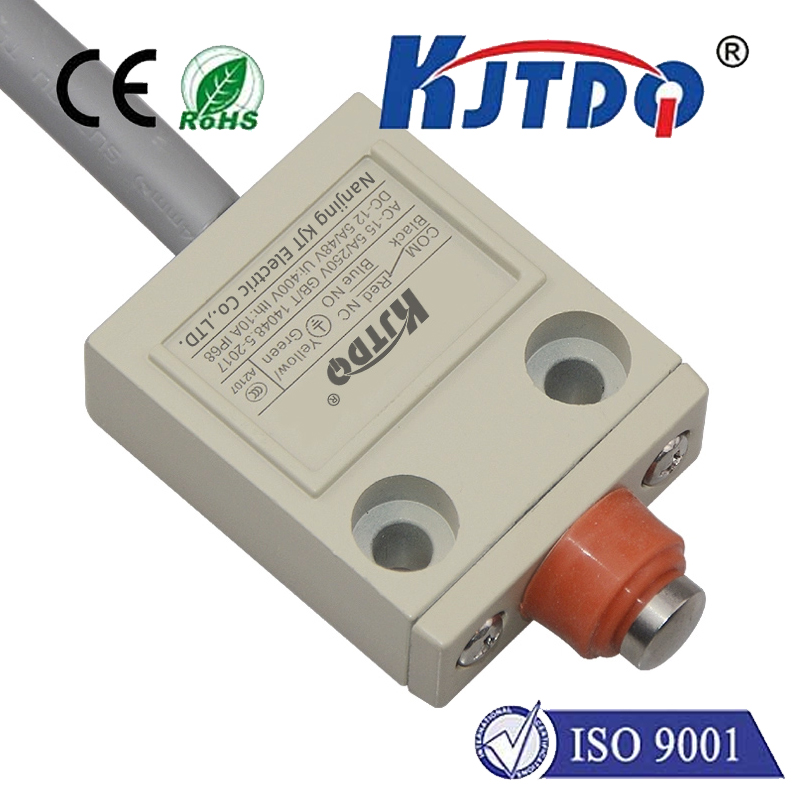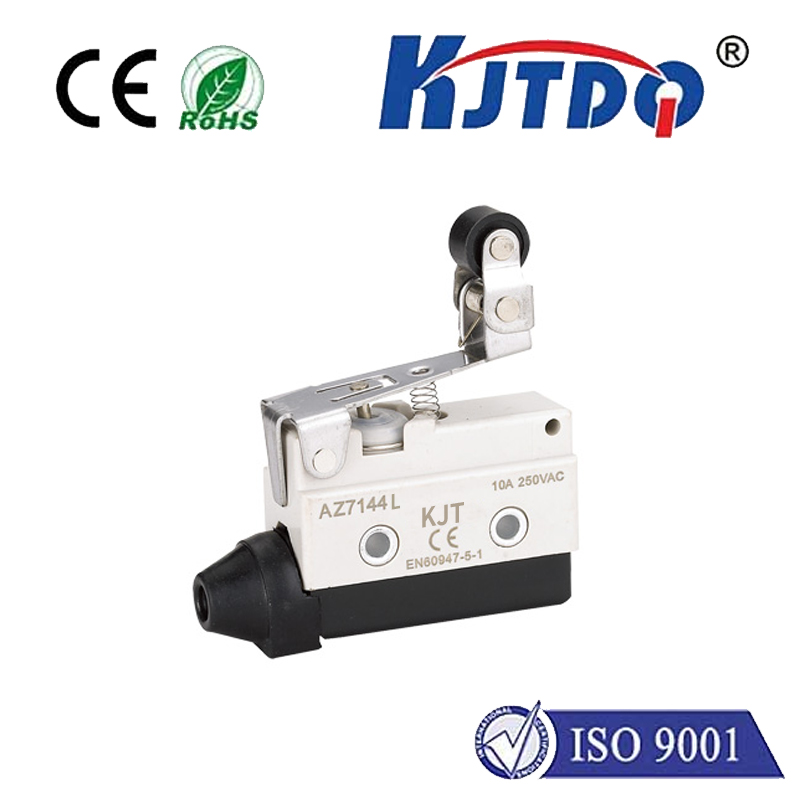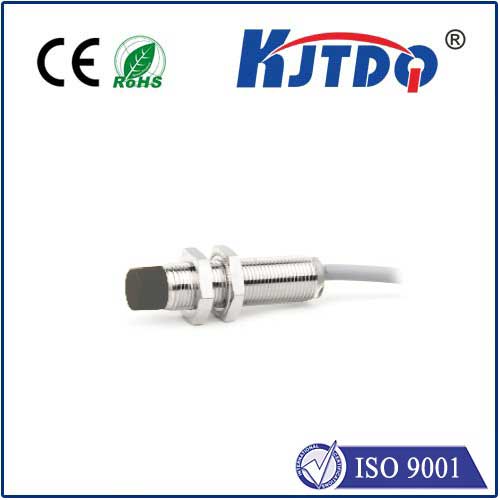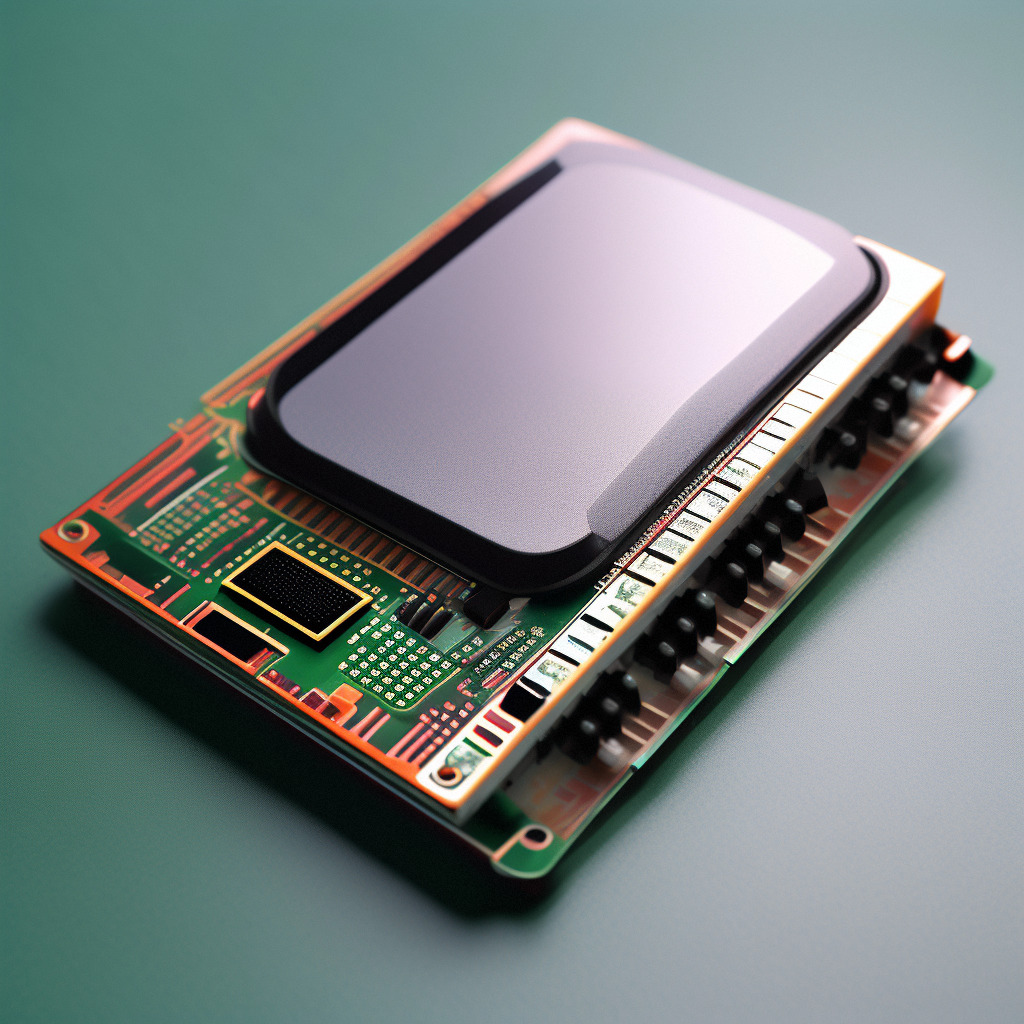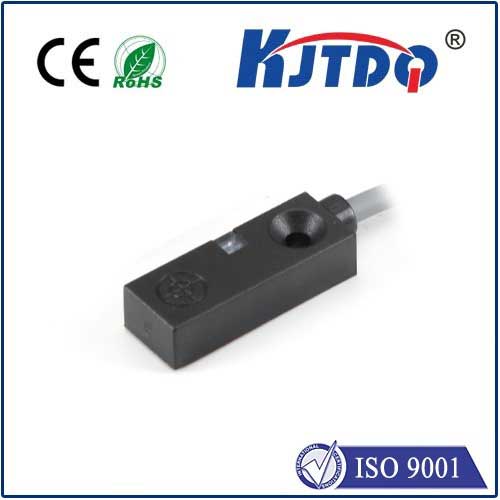
check

check

check

check

The Ultimate Guide to Ultrasonic Proximity Switches: How They Work and Their Benefits” Ultrasonic proximity switches are a type of sensor that use sound waves to detect the presence of an object. They emit a high-frequency sound wave, which bounces off any nearby objects and returns to the sensor. The time it takes for the wave to return is used to calculate the distance between the sensor and the object. This information can then be used to trigger an alarm, activate a machine, or perform other tasks. One of the key benefits of ultrasonic proximity switches is their ability to operate over a wide range of distances. Unlike some other types of sensors, which may have a limited detection range, ultrasonic proximity switches can detect objects from a few centimeters up to several meters away. This makes them ideal for use in a variety of applications, including industrial automation, automotive systems, and home security. Another advantage of ultrasonic proximity switches is their reliability. Because they use sound waves to detect objects, they are not affected by factors such as dirt, dust, or moisture. This means that they can be used in harsh or corrosive environments without worrying about damage or reduced performance. Ultrasonic proximity switches are also easy to install and maintain. They do not require any moving parts, which means that they are less likely to experience mechanical failures. Additionally, they can be easily cleaned and serviced using standard tools and procedures. In conclusion, ultrasonic proximity switches are a versatile and reliable solution for detecting objects over a wide range of distances. Their ability to operate in challenging environments, coupled with their ease of installation and maintenance, make them a popular choice among engineers and designers worldwide.
